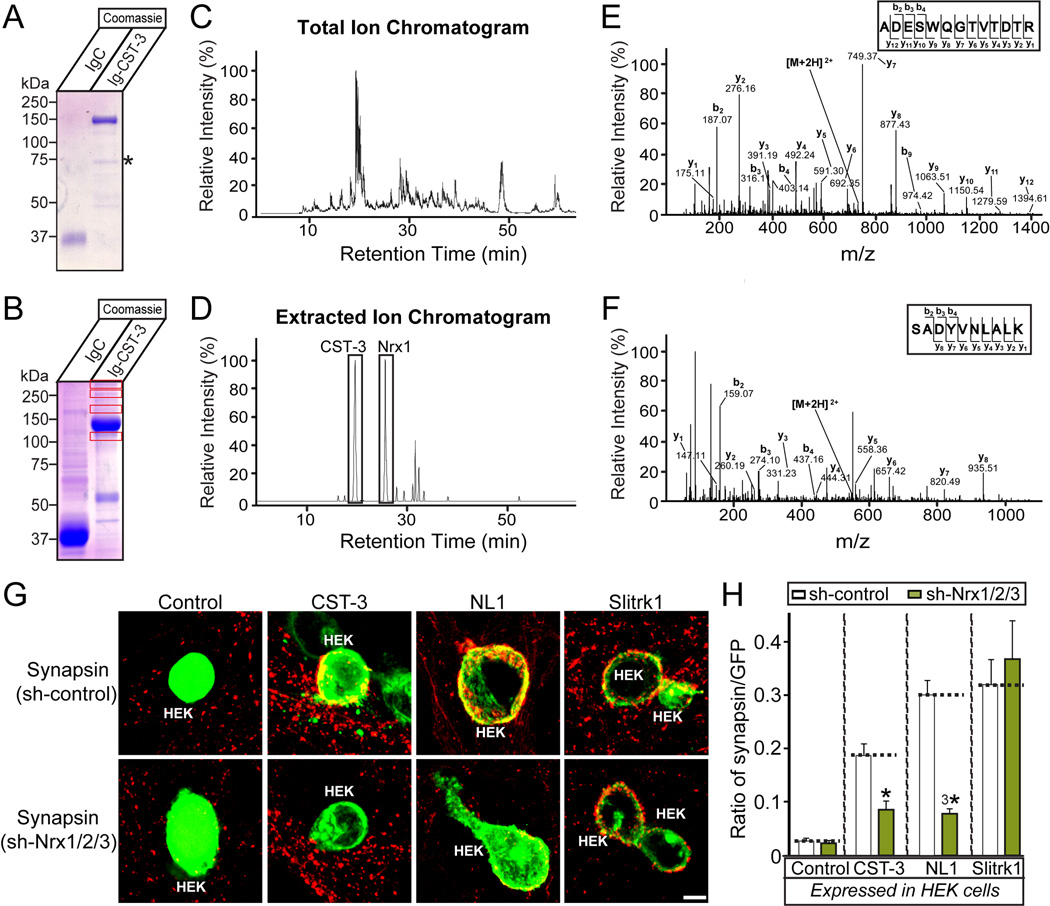Figure 6. Nrxs Are Functional Receptors For CST-3 To Promote Presynaptic Development.
(A) Coomassie Blue-stained gel of recombinant Ig-control (IgC), and Ig-CST-3 (Ig-CST-3) fusion proteins used for affinity chromatography and pull-down experiments. (B) Identification of specific CST-3-binding proteins in mouse brains. Solubilized mouse brain proteins were subjected to pull-down experiments with IgC or Ig-CST-3-fusion protein. Equivalent amounts of bound proteins were resolved using SDS-PAGE, and the gels were subsequently Coomassie Blue-stained. The boxed regions indicate the specific bands unique to the Ig-CST-3-bound fraction, which were further analyzed through mass spectroscopy. (C–D) Mass spectrometry data. Total ion chromatogram (XIC) of an LC separation from Ig-CST3-bound eluates (C). Extracted ion chromatogram (EIC) of ion m/z 733.33 and 547.29 from CST-3 (19.30 min) and Nrx-1α (25.77 min; D). (E–F) The MS/MS spectrum of two double-charged peptides unique for CST-3 and Nrx-1α obtained from LC-MS/MS at 733.33 and 547.29, fragmented to produce an MS/MS spectrum with β- and ψ-ion series describing the sequences ADESWQGTVTDTR (aa 684–696) and SADYVNLALK (aa 327–336). (G–H) The effect of triple Nrx knockdown (sh-Nrx1/2/3) on the synaptogenic activities of CST-3, NL1, and Slitrk1. Representative immunofluorescence images (G) of cocultures stained with antibodies to mVenus or HA (green) and synapsin (red). Coincident signals are indicated in yellow. Scale bar = 10 µm (applies to all images). Quantitation (H) of heterologous synapse-formation assays, measured as the ratio of synapsin to mVenus/HA fluorescence signals. The dashed lines correspond to the Control values used as the baseline. The data are shown as the means ± SEMs (3*p<0.001 and *p<0.05 using analysis of variance [ANOVA] with Tukey’s test; “n” denotes the total number of HEK293T cells analyzed, as follows: Control/sh-control, n=19; Control/sh-Nrx1/2/3, n=45; CST-3/sh-control, n=43; CST-3/sh-Nrx1/2/3, n=39; NL1/sh-control, n=30; NL1/sh-Nrx1/2/3, n=28; Slitrk1/sh-control, n=24; and Slitrk1/sh-Nrx1/2/3, n=29).

